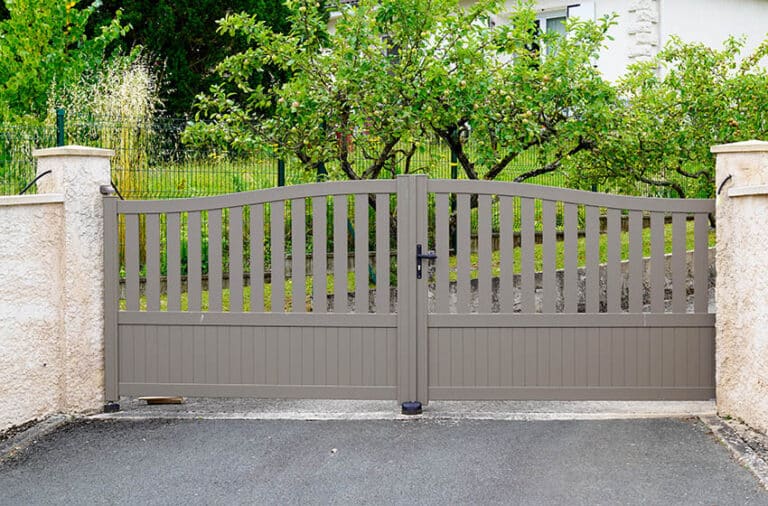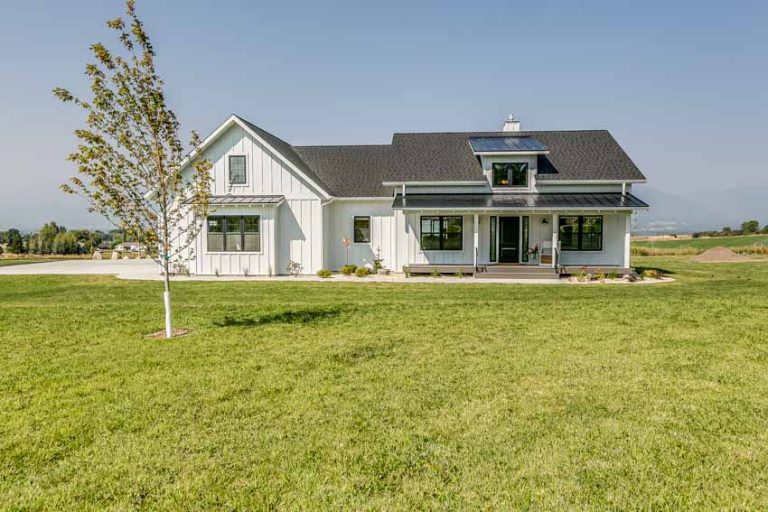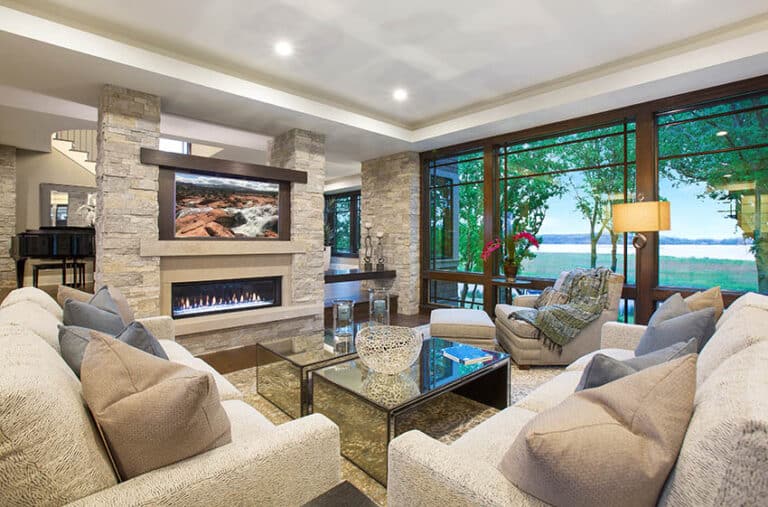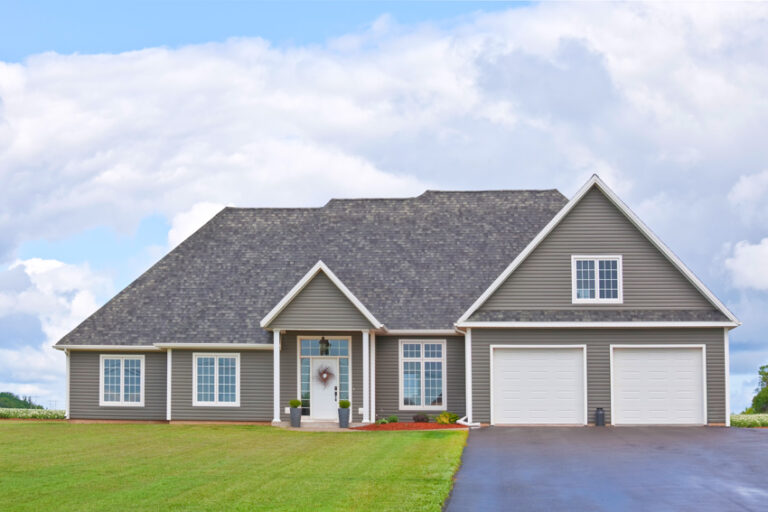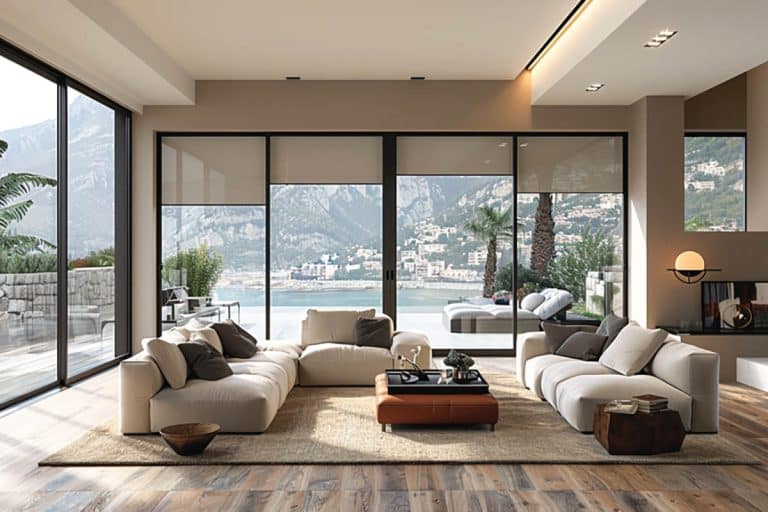Exterior Wood Siding Types (Best Design Options)
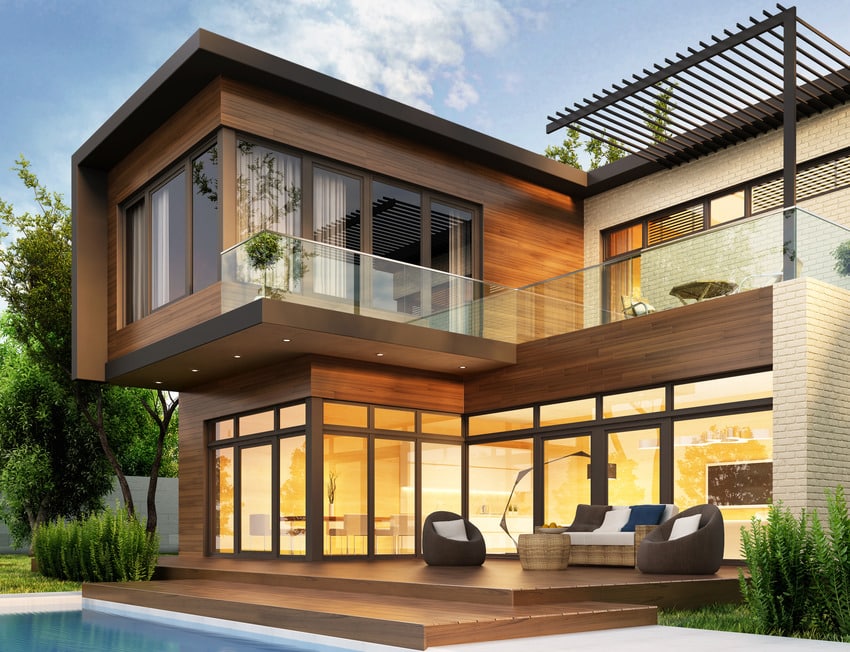
Siding is a type of building material that is usually installed on the exteriors of the house or building. It can come in various compositions, including vinyl, metal, composites, wood, masonry, and fiber cement. There’s a pretty good chance you’re already familiar with an exterior wood siding; you probably just didn’t have a name to identify it. Whichever it is, there’s bound to be particular exterior wood siding types that will suit your needs, budget, and preference.
Exterior siding is usually installed over the house wrap and serves as the outer covering aspect of the house. Aside from its appealing quality, it also boosts a home’s durability against outside elements. On that note, exterior wood siding remains the top choice. In fact, other alternatives are still build to replicate the overall look and feel of wood, which is understandable, to say the least, since this type provides natural insulation and also allows for easy installation.
What Are The Different Types Of Wood Siding?
Cladding your home with wood can provide a classic and timeless look for your house. It can also fit in well with environmentally aware homeowners as wood is a renewable resource and installation and repairs are quite manageable as they don’t require more than basic carpentry skills. Furthermore, here are other top exterior wood siding options you can consider:
Pine
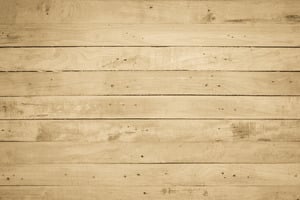
If you’re doing your wood siding project on a tight budget, pine is a relatively cheap option compared to other alternatives that also work great with painting or staining jobs.
The only downside to pine is it can be susceptible to wood rot so even if maintenance is pretty manageable, you need to make sure to repair any possible leaks and apply a wood preservative containing copper or borate.
Fir

Fir is another softwood option that is almost as cheap as pine. It can be quite easy to procure in long lengths which are especially recommended if you have a big house and prefer a wood siding with a seamless texture.
Fir is also easy to install and holds finishes well. You can design and cut it into patterns without the wood ever breaking for aesthetic purposes.
The wood grain also looks attractive and receives stains well. However, fir is actually susceptible to moisture and may potentially get damaged by pests over time so constant sealing and maintenance should be strictly observed.
Spruce
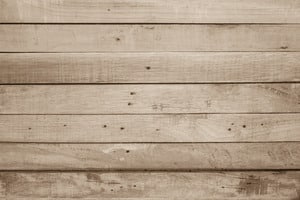
Furthermore, a major drawback to spruce is it can be very prone to wood rot and insect damage. Hence, extra care is required with its maintenance and sealing.
Redwood
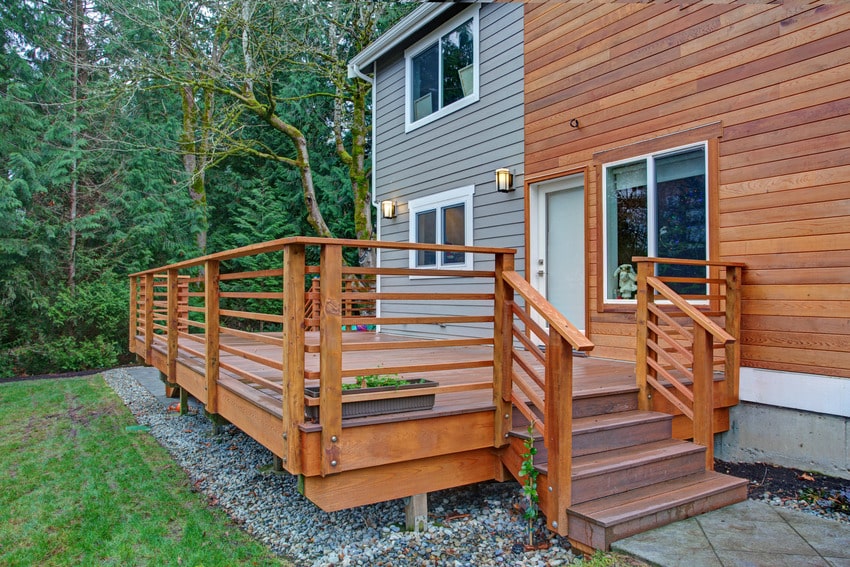
Redwood is an exceptionally versatile type of wood since it fits with any type of climate, and is widely grown in North America. Moreover, it stands out because of its rich red tone and texture.
What’s more, it can also be quite resistant to shrinking so you can rely extensively on its durability. It’s also very low maintenance as it holds stains and finishes very well, while being naturally resistant to pests and moisture, as well.
The only downside is it can be more expensive than the other types of wood out, which is about $8 to $20 per foot, because it can be a bit scarce and difficult to procure.
Cedar
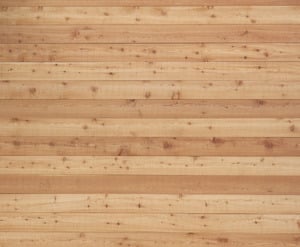
Not only is it visually appealing, but it is also resistant to rot. Moreover, it doesn’t swell, cup, or split so it’s also usually used for roof shingles.
This is categorized as heartwood and is considered more expensive than your average white woodgrain. For maintenance it only requires annual sealing and power washing.
Cypress
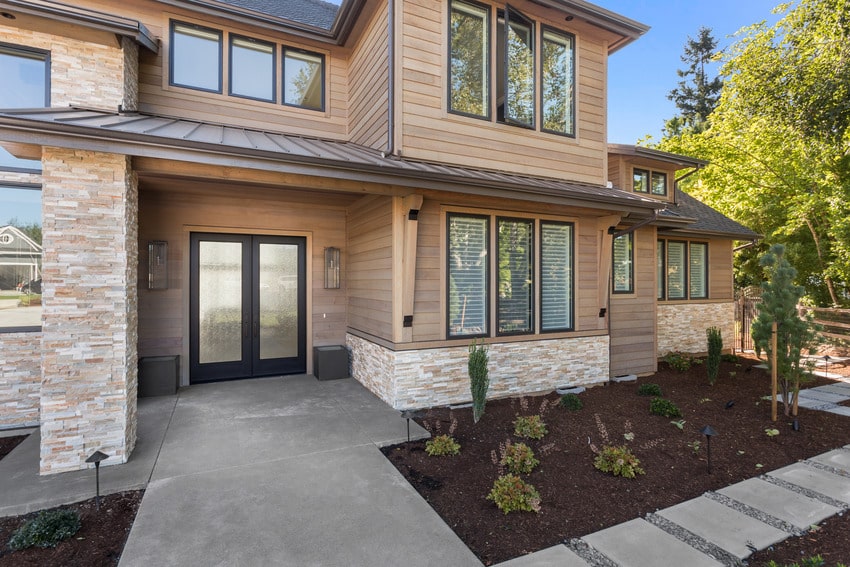
Cypress is a hardwood known for its durability; it’s so durable that it’s often repurposed from old homes to be used in new construction. Similar to redwood and cedar, it is also said to be resistant to rot and pests. Nevertheless, it needs to be constantly maintained to prolong its lifespan.
Despite being a hardwood, cypress is actually lightweight so it can be a good choice for your home exterior siding. The only disadvantage to this type of wood is can be difficult to mill and can cost a lot so it’s also seldom used as a material for exterior cladding.
Engineered wood
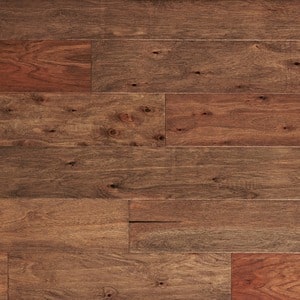
It’s made out of a mixture of sawdust, wood chips, and bonding agents that can rival the durability of natural wood.
Similarly, it can be strong and incredibly lightweight which makes it an ideal wood siding material.
If you want to go for a cheaper yet still durable option, then engineered wood is the right one for you.
What Is The Best Wood Exterior Siding?
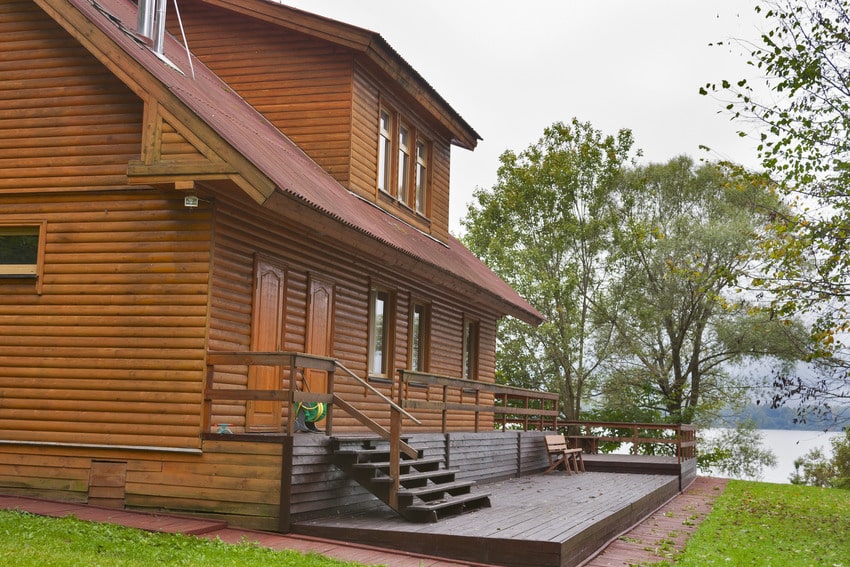
Redwood is considered the runaway winner for the best exterior wood siding on the market right now. The material has very little resin composition, absorbing and retaining stains and finishes remarkably.
It also doesn’t shrink or cup and considerably maintains its original shape than the other types of exterior wood options. For this reason, it also requires less maintenance; power washing it once a year or once every three years should suffice. It is also naturally repellent to insects and is resistant to rot. It’s widely grown for the most part of North America.
What Is The Most Durable Exterior Wood Style Siding?
If it’s durability you’re after, then engineered wood would be the best option. It has the aesthetic appeal of natural wood and is made of bonding agents and a mixture of wood chips plus other materials that enhance its durability.
It’s also extremely lightweight so you don’t have to worry about the extra stress of weighted planks on your exterior siding. Likewise, the cost is relatively low and it has been known to withstand the passage of time compared to the other exterior wood siding options available.
How Long Does Wooden Siding Last?
Given the proper conditions, such as annual resealing and repainting and proper replacement of patch damaged areas, wood siding, in general, can last for a good 20 to 40 years.
Treatment every 5 years or so is also recommended to prolong its lifespan, as well as power washing the surface once a year. An extra maintenance that’s recommended for maintaining wood cladding to prolong its life is power washing the boards once a year.
What Is The Difference Between Wood And Clapboard Siding?

Also known as beveled or wood plank siding, clapboard is defined by its overlapping wood planks structure. Wood panels are split horizontally and are overlapped to provide extra insulation and protect the home during winter or cold weather in general.
Wood siding is somewhat similar to clapboard, however, it’s built with the frame construction of the house. The exterior walls are usually framed with some type of wood skeleton with an extra sheathing of plywood that’s installed outside of the house.
House wrap is then installed on the exterior plywood followed by the wood cladding, which can be made out of any type of natural wood or engineered wood.
Is Wood Cheaper Than Vinyl Siding?
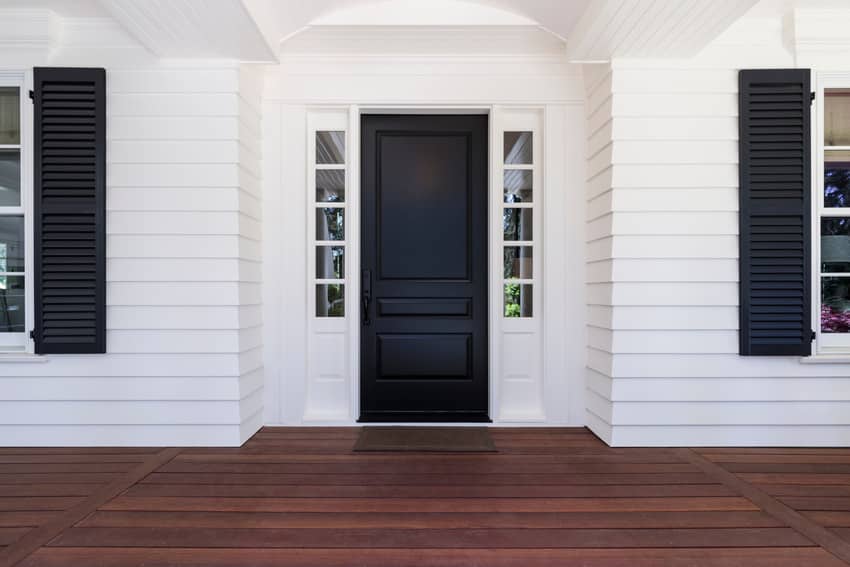
Actually, no. Vinyl is way cheaper than wood and reasonably so since the materials used are synthetic, thus, easier to procure or manufacture. Similarly, you may also resort to painting the vinyl siding to add more life and color to your house. In terms of pricing, vinyl usually costs around $2 per foot whereas wood siding costs about $7 and more per foot.
For other related content about exterior siding, visit our article about matching siding and roof colors.

